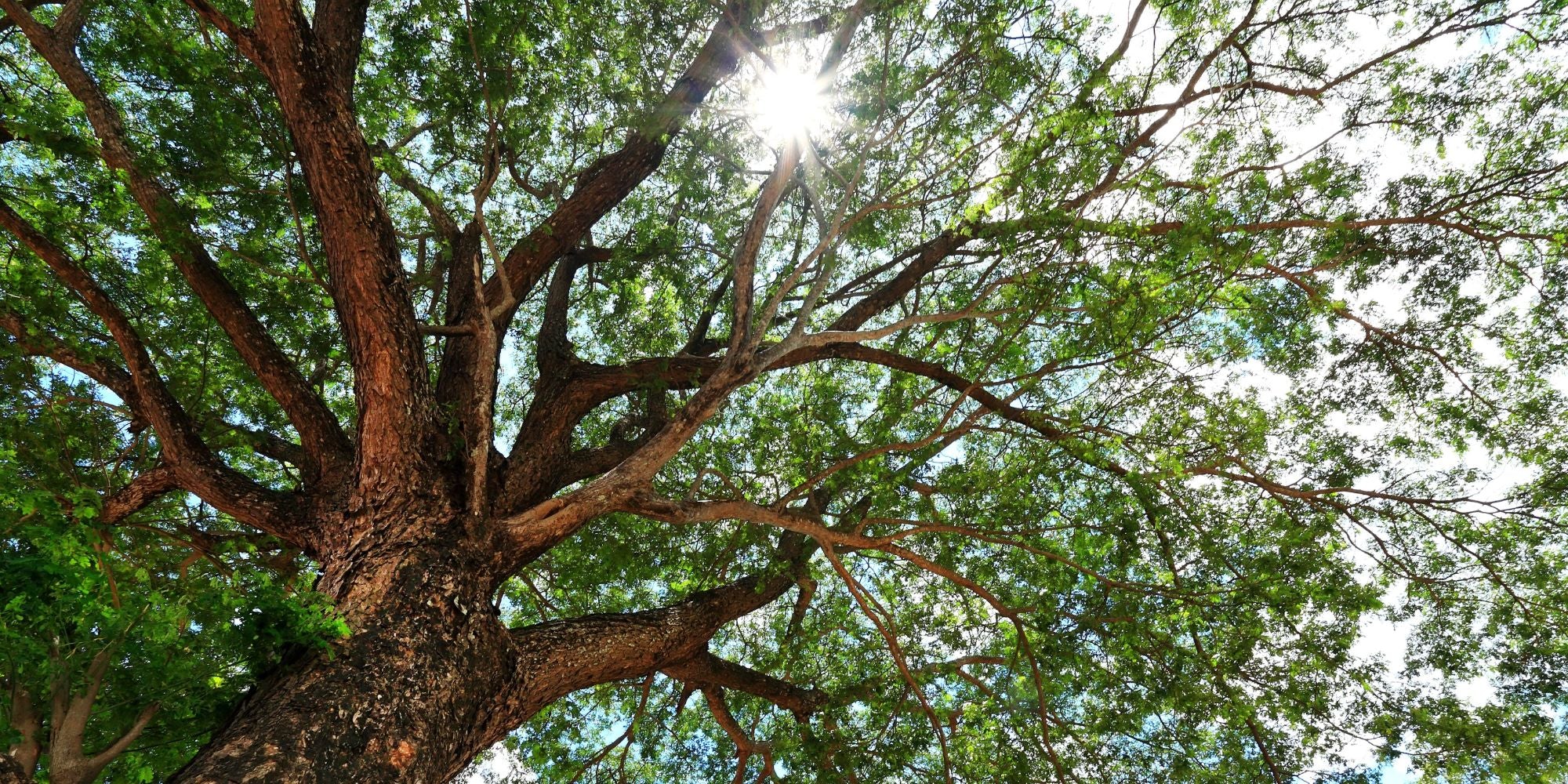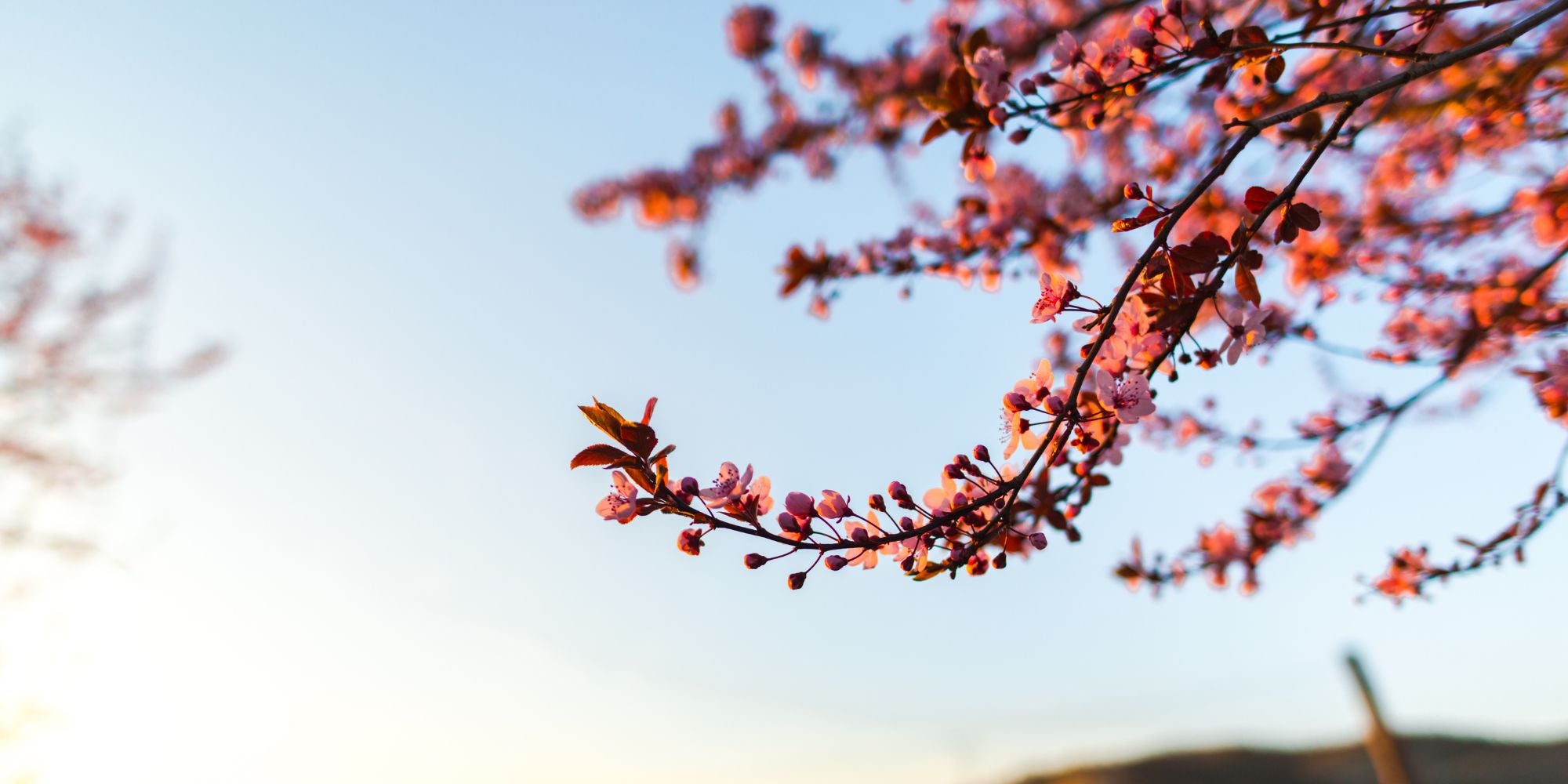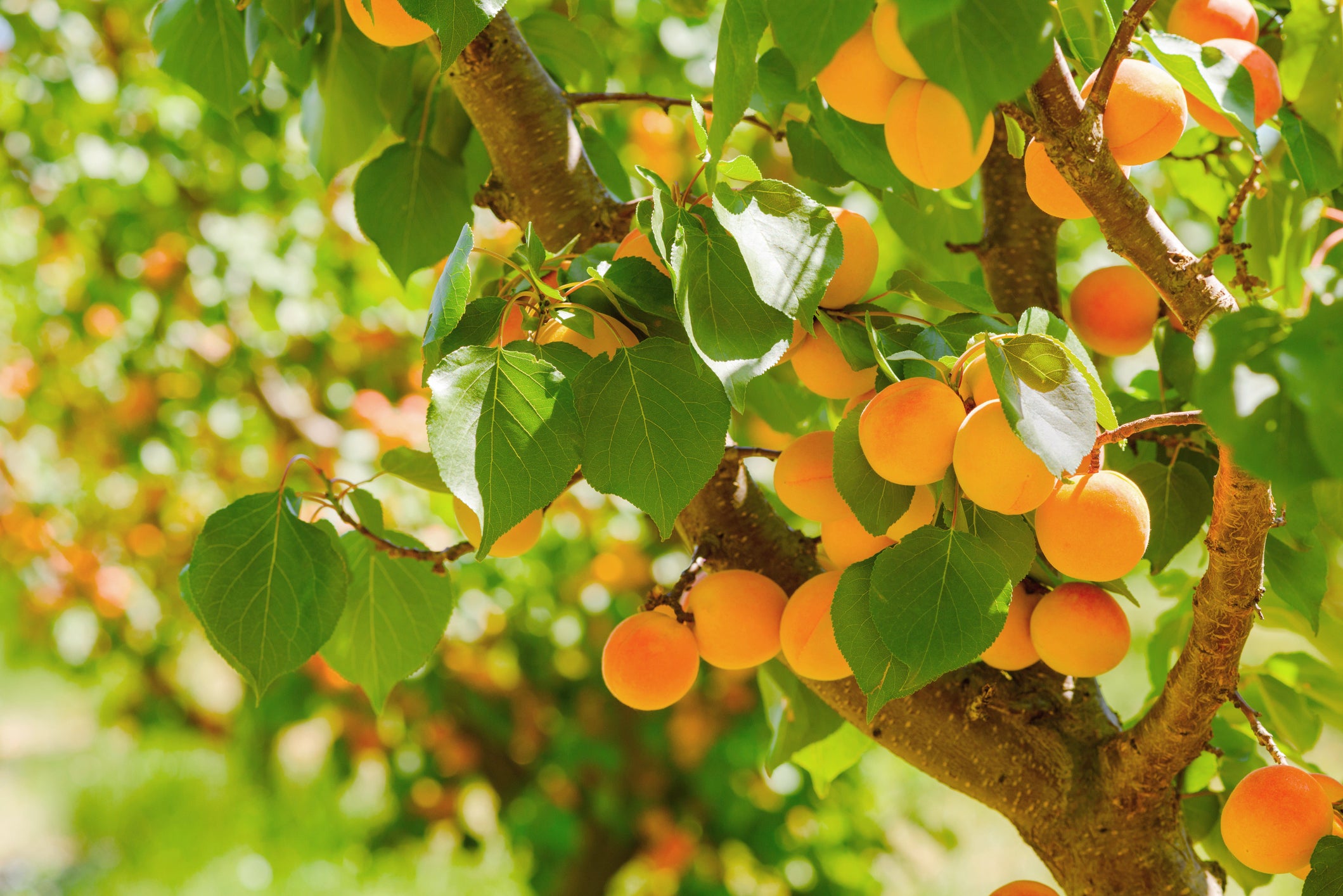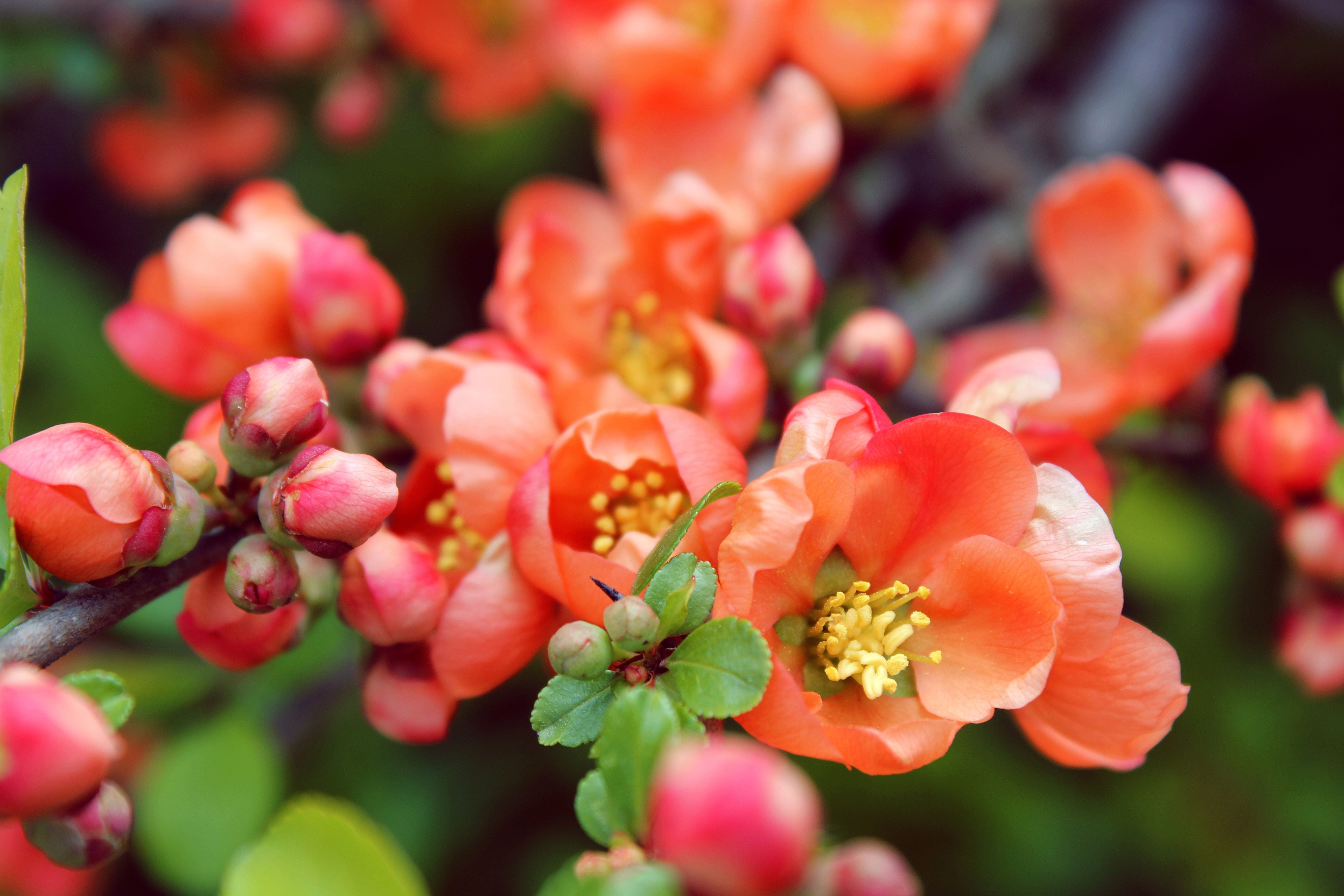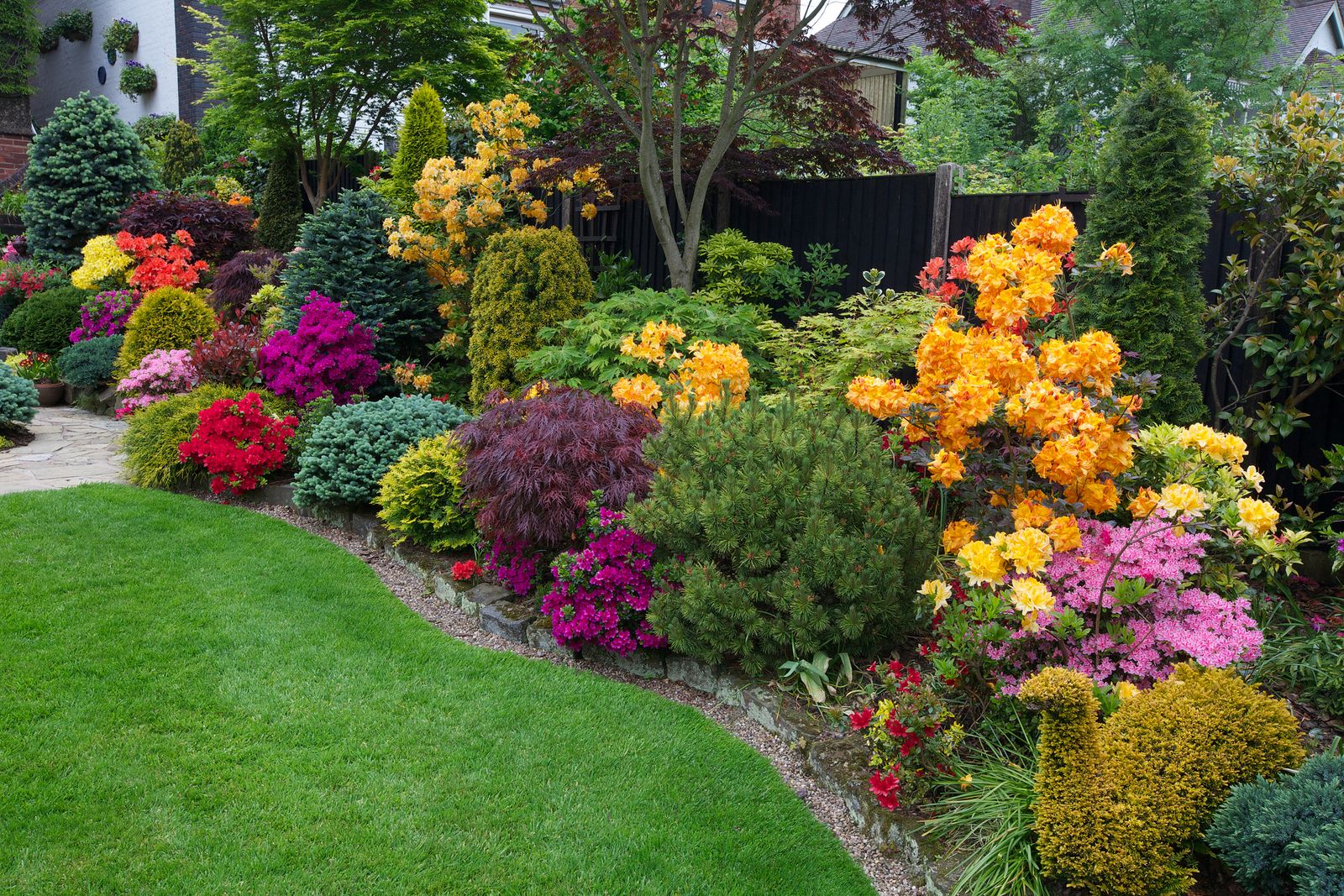Spring forward! A jump start on your garden plans with 5 easy tips.
With daylight savings beginning, we're not only jumping an hour ahead but come closer to warmer seasons and the beauty of spring. I can't help but start thinking of future spring projects to be done in the garden like drawing out ideas, searching for inspiration on the web and scrolling through catalogs to see what catches my eye. All this is fun and exciting but we have to be cautious not to be caught up in the green fever that is plant shopping without first having a game plan. That's where we are here to help! Here are 5 tips to get the ball rolling for your garden planning.
- The Plants
"DUH!", I’m sure you are thinking, but there is more to plants than simply making a purchase. Of course making sure that the color, shape and behavior of the variety fits your desired purpose is something to consider. But the most important and often overlooked variable is finding the USDA Hardiness zone of where you live. (See image below)

This map is labeled with numbers that coincide with the zone that a plant can survive in. Once you find your location you can compare that to the range of zones that the prospective tree or shrub you want to purchase has. Doing this ahead of time will not only save you time but money as well. Any quality company should provide the hardiness zones in the product description.
-
Timing
They say timing is everything and that couldn't be more true for plants. Most companies have a set quantity of a variety for the year and could sell out before you get the one for you. Buying plants early also makes sure you have what you want when it comes time to break the ground and dig for your different plants.
Digging the holes for your new additions also widely depends on your plants needs and ideals. What time to plant is different for fleshy things like marigolds geraniums and petunias need to be planted after last frost to protect them from freezing out. Most species of trees and shrubs are safe to plant earlier than that since they are typically woody and hardier. These can typically be planted once the snow has melted and the ground warms up to above freezing, usually between the months of March and April for most of the country. If you are unsure of this information you can contact your university Ag extension agent for specific times in your area.
-
Location! Location! Location!
As it is said in real estate; it is in your backyard. Going off the first tip, knowing the size, shape, and behavior of your plant helps you pick a great location to put the plant in your yard. We must remember that we are planting young plants and that in 3,5, or 10 years it will mature into a larger specimen. When marking the “X” of where your plant will go, there are two key measurements you must take. First is the expected width of the branches of the mature plant, which is typically found in the description. Now take this measurement and half it. Then take a tape measure and place on your mark out measuring out in a circle. This helps you predict if the branches will encroach on your house, fence, or shade out other plants. The second measurement is more subjective, but make sure that where you want to place your tree you have room to clean or mow weeds and grass surrounding the plant. Also, make sure that the mature roots won’t grow into sidewalks and foundations which can be expensive home repairs in the future.
-
Breaking the ground
This is where your hands get dirty, and the fun begins.


These are the tips that we use here at TriStar Plant:
- Place a quality all-purpose fertilizer like, 15-15-15, a couple inches below the hole for the plant.
- Slice a "X" on the bottom of the roots and loosen the root ball to promote root growth.
- Trim lower branches and leaves that are undesirable.
-
Rooting in


